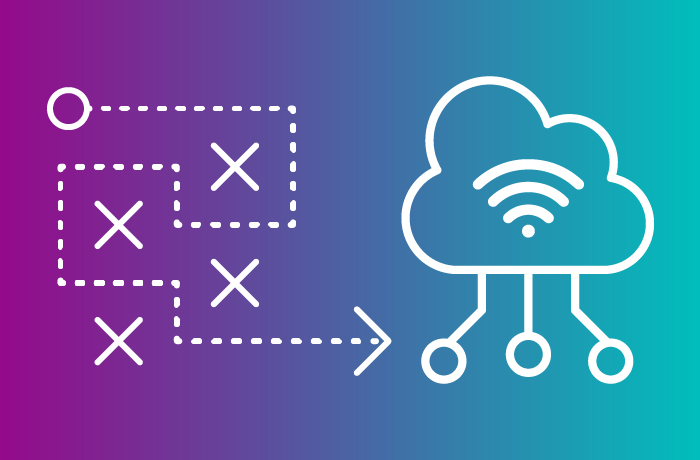

Recent Posts
Microsoft’s Agentic AI Direction for Enterprise Operations
December 18th, 2025
AI in Financial Services 2025: Turning Intelligence Into Impact
December 15th, 2025
How to Build AI-Enabled Operations and Achieve Measurable Outcomes
December 10th, 2025
Prioritize Strategy to Strengthen Your Cloud Transformation
December 8th, 2025
Modern IT Service Management is Transforming Managed Services - Part 1
December 4th, 2025
Related Posts
AI Insights
Microsoft’s Agentic AI Direction for Enterprise Operations
December 18th, 2025
AI Insights
AI in Financial Services 2025: Turning Intelligence Into Impact
December 15th, 2025
AI Insights
How to Build AI-Enabled Operations and Achieve Measurable Outcomes
December 10th, 2025
Cloud Insights
Prioritize Strategy to Strengthen Your Cloud Transformation
December 8th, 2025
Cloud Insights
Modern IT Service Management is Transforming Managed Services - Part 1
December 4th, 2025
While the bottom-line benefits of IoT are clear, the path to IoT success is not. Discover the three steps to IoT success.
The Internet of Things (IoT) is revolutionizing the way people interact with technology — from how we care for our pets and manage our own health to how farmers grow crops. By extending the power of the internet beyond our computers — to a whole range of devices — we can take advantage of IoT innovations to improve our safety and quality of life.
For businesses, IoT provides valuable insight into how people are using their products, which can transform their design, production and sales strategies, to better serve their customers and increase revenue. And by applying IoT to their internal operations, they can improve efficiencies in areas like workforce optimization and preventative equipment maintenance, while also increasing the yields and quality from their existing processes.
While the bottom-line benefits of IoT are clear, the path to IoT success is not. Skills gaps, scalability challenges and the inability to drive meaningful data insights can derail a project before it even gets off the ground. According to a 2020 report from Beecham Research, 58% of IoT adopters report that their IoT projects have been either not successful at all (18%) or mostly unsuccessful (40%). And half struggle to move beyond proof-of-concept stage.
But with the right strategy and roadmap, you can get your IoT project on the road to success.
Step 1: Planning
Before jumping into IoT, it is important to develop a viable IoT strategy and roadmap. When doing this, you will first want to start with understanding which business objectives you are trying to achieve. Are you looking to build connected products or increase efficiency within your business operations?
Step 2: Build or buy
Based on your IoT priorities, you will next need to determine if you want to build a custom IoT solution, purchase an out-of-the box solution or create a combination of both. Is your use case revenue-generating or has the possibility to be revenue generating? Then consider building a custom solution. If you’re looking to increase operational efficiencies in your manufacturing processes, a combination solution (build + buy) could be good. Do you want access to device data for real-time analytics, predictive workflows or monetization? Consider custom or a build + buy combination.
Step 3: Find the right partner
Partner with a vendor that can work backwards from your desired outcome, with capabilities from strategic advisory and cloud architecture design to hardware and software development. Make sure their solutions are scalable, yet cost-effective — since, as your solution scales, the entire system, network, and process requirements change as well. And be sure they take the necessary steps to ensure security, to minimize threats to your IoT devices.
Just as you need to do a cost-benefit analysis to determine if IoT is right for your organization, you need to also weigh the benefits of using a partner to help you implement an IoT solution versus doing it on your own.
Solutions for every step in your IoT journey
Rackspace Technology offers full-lifecycle capabilities to envision, develop, launch and optimize your IoT solution. Whether it’s an end-user-facing product or a solution to improve operational efficiencies, we’ve worked with customers to build custom hardware, cloud platform and applications across use cases — from predictive maintenance, asset and fleet tracking, remote monitoring, and connected consumer and commercial products, to agriculture and farming.
Let the IoT experts at Rackspace Technology evaluate your IoT use cases and provide recommendations for an IoT pilot solution along with backlog, roadmap and cost estimates for hardware, firmware and cloud architecture.
Tags:




